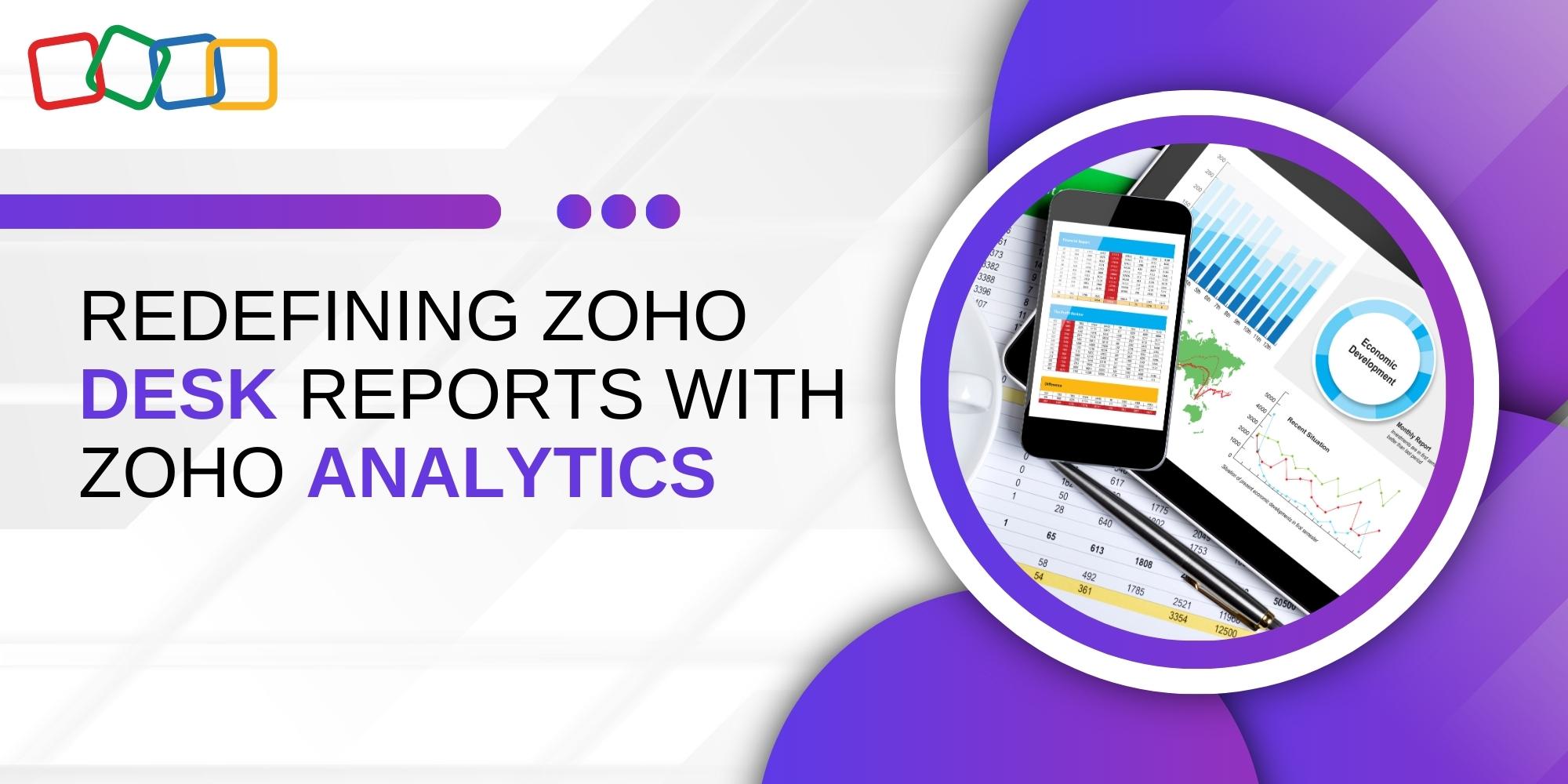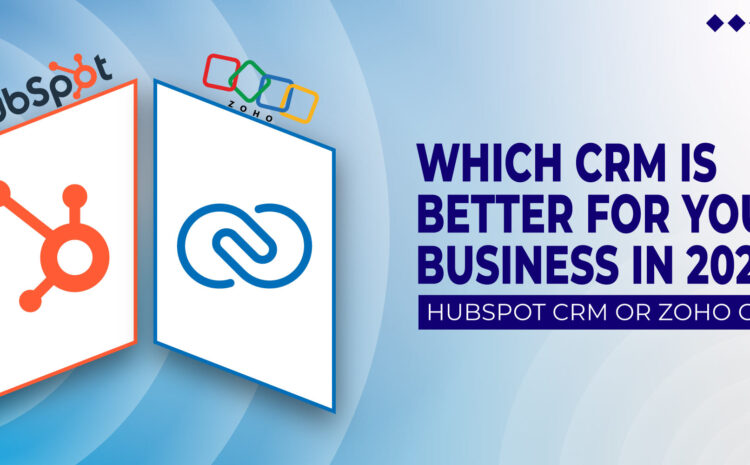Zoho Analytics enhances Zoho Desk reporting by offering advanced customization, data integration, predictive analytics, and real-time dashboards. It empowers your team with actionable insights, improves decision-making, and delivers superior customer experiences. Ready to upgrade your reporting? Start exploring Zoho Analytics today!
Hi everyone! Welcome to an exciting dive into how Zoho Analytics can take your Zoho Desk reports from good to extraordinary. Grab your favorite drink, get cozy, and join us as we explore how this powerful analytics tool helps you uncover deeper insights, streamline your support processes, and deliver exceptional customer experiences. Short on time? Don’t worry—we’ve got a handy summary at the end!
In today’s fast-paced business environment, staying ahead requires more than just basic reporting. You need advanced insights that enable smarter decision-making and help you adapt to changing customer demands. While Zoho Desk offers great reporting features, combining it with Zoho Analytics takes your data analysis to a whole new level. This blog explores how Zoho Analytics enhances your Zoho Desk reports, empowering your customer support team with actionable insights.
Why Basic Reporting Isn’t Enough
Basic reporting in Zoho Desk provides valuable information about tickets, agent performance, and response times. However, it often lacks depth and flexibility. With limited visualization options and the inability to integrate multiple data sources, traditional reports may not always provide the insights you need to optimize your customer support.
For example, basic Zoho Desk reports might tell you how many tickets were resolved in a month, but they won’t show you trends, predict future workloads, or correlate ticket volumes with customer satisfaction scores. To achieve these advanced insights, you need a tool like Zoho Analytics.
What Is Zoho Analytics?
Zoho Analytics is a powerful business intelligence (BI) tool that allows you to collect, analyze, and visualize data from various sources. It offers advanced features like data blending, predictive analytics, and customizable dashboards, making it an ideal solution for businesses that want to make data-driven decisions.
When integrated with Zoho Desk, Zoho Analytics unlocks a wide array of possibilities for analyzing customer support data.
Benefits of Redefining Zoho Desk Reports with Zoho Analytics
1. Advanced Customization Options
Zoho Analytics allows you to customize reports and dashboards to meet specific business needs. You can create advanced metrics, apply filters, and choose from various visualization styles such as heatmaps, funnel charts, and geographic maps.
For instance, instead of a simple ticket resolution time report, you can create a heatmap that shows peak times for incoming tickets, helping you allocate resources more effectively.
2. Data Integration Across Departments
Customer support doesn’t operate in isolation. Sales, marketing, and operations all influence customer interactions. Zoho Analytics lets you integrate data from multiple Zoho apps (like Zoho CRM, Zoho SalesIQ, or Zoho Projects) and third-party tools (like Google Analytics and QuickBooks).
With this integration, you can create unified reports that connect ticket trends with sales performance, customer acquisition costs, or website traffic.
3. Predictive Analytics for Proactive Decision-Making
Zoho Analytics leverages machine learning algorithms to predict future trends. For example, you can forecast ticket volumes during peak seasons or identify which customer segments are more likely to escalate issues.
These insights help your team prepare for future challenges, reduce response times, and improve customer satisfaction.
4. KPI Monitoring with Real-Time Dashboards
With Zoho Analytics, you can build real-time dashboards that track key performance indicators (KPIs) like first response time, average resolution time, and customer satisfaction (CSAT) scores.
These dashboards provide a comprehensive overview of your team’s performance, enabling managers to identify bottlenecks and make data-driven adjustments on the fly.
5. Enhanced Collaboration and Sharing
Zoho Analytics makes it easy to share insights across your organization. You can create shared workspaces, schedule report deliveries, or embed dashboards in your company intranet.
This collaboration ensures that everyone, from agents to executives, is aligned with the organization’s goals and has access to the same insights.
How to Get Started with Zoho Analytics for Zoho Desk
Integrating Zoho Analytics with Zoho Desk is a straightforward process. Here’s a step-by-step guide to help you get started:
Step 1: Set Up Zoho Analytics
If you’re new to Zoho Analytics, sign up for an account. The platform offers various plans, including a free version for smaller teams.
Step 2: Connect Zoho Desk to Zoho Analytics
Zoho Analytics offers a pre-built integration with Zoho Desk. Navigate to the data sources section in Zoho Analytics, choose Zoho Desk, and follow the setup instructions.
Step 3: Import Data
Once connected, import your Zoho Desk data into Zoho Analytics. You can choose specific modules like tickets, agents, or customers, and set up schedules for automatic data syncing.
Step 4: Explore Pre-Built Reports
Zoho Analytics provides several pre-built reports and dashboards for Zoho Desk. Use these as a starting point to understand the platform’s capabilities.
Step 5: Customize and Create New Reports
Start creating custom reports tailored to your business needs. Experiment with different chart types, filters, and calculated fields to uncover deeper insights.
Step 6: Share Insights
Share your dashboards and reports with team members. You can set permissions to control who can view or edit the data.
Use Cases of Zoho Analytics with Zoho Desk
1. Improving Agent Productivity
By analyzing ticket assignments and resolution times, you can identify top-performing agents and replicate their strategies across the team.
2. Reducing Customer Churn
Integrate Zoho Analytics with Zoho CRM to correlate customer complaints with churn rates. Identify at-risk customers and take proactive steps to retain them.
3. Optimizing Resource Allocation
Use historical data to forecast ticket volumes and allocate resources during peak times. This ensures that no customer is left waiting.
4. Enhancing Customer Experience
Combine ticket data with CSAT scores to identify areas where your support team excels and where improvements are needed.
Zoho Desk is a powerful tool for managing customer support, but its basic reporting features can only take you so far. By integrating Zoho Desk with Zoho Analytics, you gain access to advanced BI capabilities that help you uncover deeper insights, improve team performance, and deliver a superior customer experience.
Hope you enjoyed this post! While you’re here, and in a reading mood, why not check out a few of our other pieces? We have several blog posts on Cloud Technologies, Salesforce CRM, AI, Salesforce CPQ, Zoho, Bitcoin, Cybersecurity, AWS and many other topics that we just know you’ll love. Browse the topics here.




